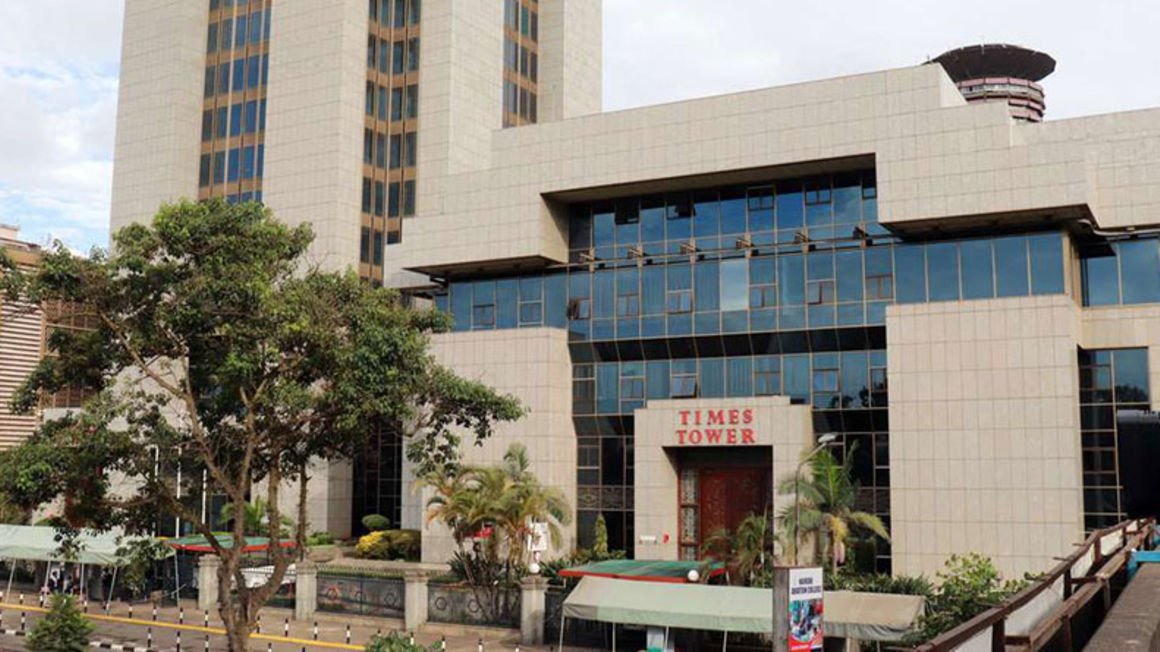Mass layoffs across various sectors in Kenya have left thousands of households grappling with unemployment, raising concerns about the nation’s economic resilience. Despite government assurances of economic recovery and job creation, the formal private sector has witnessed a surge in redundancies blamed on tough business conditions.


Mass Layoffs and Economic Strains
- Estimated Job Losses: Over 50,000 jobs were lost in the formal private sector in 2024, adding to more than 100,000 job losses reported between October 2022 and November 2023, according to the Federation of Kenya Employers (FKE).
- Sectoral Impact: Manufacturing, retail, ICT, and service industries have been hit hard. Companies like Tropikal Brand Africa, Standard Group, Copia, Tile and Carpet Centre, and G4S (Kenya) have implemented layoffs, with some citing reduced production demand and rising operational costs.
Stories of Struggle
- Former Professionals:
- George*, a former marketing professional, has resorted to selling shoes online to sustain his family.
- Susan Achieng, laid off from an Export Processing Zone, now runs a vegetable stall to support her household.
Causes of Redundancies
- Rising Costs: Employers have cited high operating costs due to increased taxes, levies, and fees.
- Global and Domestic Factors: Economic constraints, coupled with post-COVID recovery challenges, have exacerbated the situation.
Government Claims and Measures
- Job Creation: President William Ruto announced the creation of 200,000 jobs under the affordable housing program, with a target of one million homes by 2027.
- Informal Sector Growth: According to the Kenya National Bureau of Statistics (KNBS), 720,900 informal sector jobs were created in 2023, representing 85% of all new jobs.
- Digital Skills Training: The government has trained youth in digital skills and signed labor export agreements with countries like Germany.
Unemployment Statistics
- Youth Unemployment: The unemployment rate for youths (15–34 years) stands at 67%, significantly higher than the national average of 12.7%.
- Informal Employment Dominance: Most new jobs in 2023 were created in the informal sector, highlighting challenges in formal wage employment growth.
Business Sentiment
- Gloomy Outlook:
- The Central Bank of Kenya’s survey noted hesitancy among firms to hire due to higher taxes and reduced consumer purchasing power.
- Only 8% of firms expressed optimism for business activity in the coming year, according to Stanbic Bank’s Purchasing Managers Index.
Contrasting Narratives
While the government maintains a narrative of economic recovery and job creation, the wave of layoffs, company closures, and high unemployment paints a more dire picture. Kenyans, especially breadwinners in vulnerable sectors, continue to face uncertainty as they navigate a tough economic environment.

































































































































































































































































































































































































































































































































































































































































































































































































































































































































































































